Role Guitarist Name Gabby Pahinui | Occupation(s) Musician | |
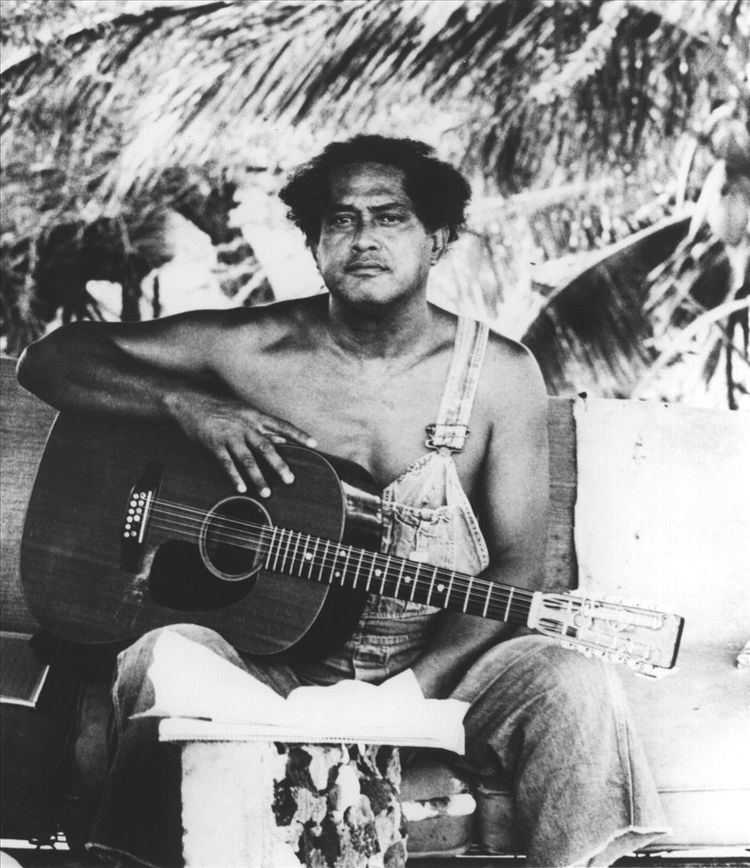 | ||
Also known as Gabby Pahinui, Pops Pahinui Born April 22, 1921 ( 1921-04-22 ) Died October 13, 1980, Hawaii, United States Children Cyril Pahinui, Martin Pahinui, James "Bla" Pahinui, Philip Pahinui Albums Pure Gabby, Rabbit Island Music Festival Record labels Panini Records, Waikiki Records, Aloha Records, Hula Records, Bell Records Similar People | ||
Birth name Philip Kunia Kahahawai | ||
Gabby pahinui hawaiian slack key guitar vol 1 side a
Philip Kunia Pahinui ([pɐhinui]; April 22, 1921 – October 13, 1980) was a slack-key guitarist and singer of Hawaiian music.
Contents
- Gabby pahinui hawaiian slack key guitar vol 1 side a
- Gabby pahinui hiilawe the best of gabby
- Early career
- Later career
- References
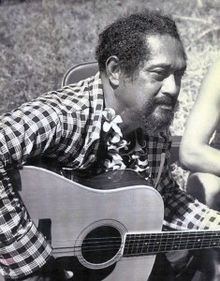
Born into a struggling family, Gabby was born Philip Kunia Kahahawaii Jr. and later hānaied with his brother and one of his sisters to Philip and Emily Pahinui and raised in the impoverished district of Kaka'ako in Honolulu in the 1920s ("all tin roofs and kinda falling apart"). He spent his childhood supporting his family by selling newspapers and shining shoes. He dropped out of school after 5th grade at Pohukaina School.
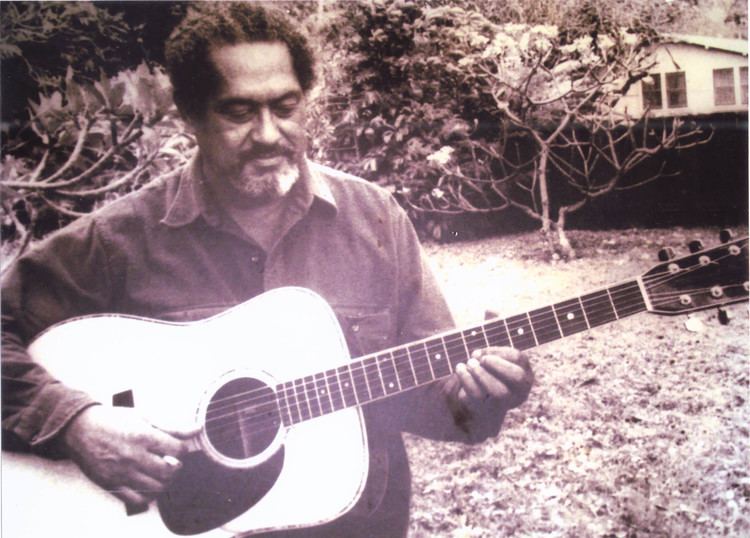
Gabby pahinui hiilawe the best of gabby
Early career
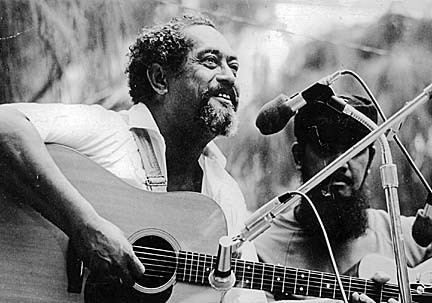
Gabby landed a gig as a back-up guitarist for Charley "Tiny" Brown. He quickly mastered the steel guitar (kīkā kila) ever learning to read music. Because most musicians of the time only played in bars, Gabby also formed a drinking habit that stuck with him throughout his life.
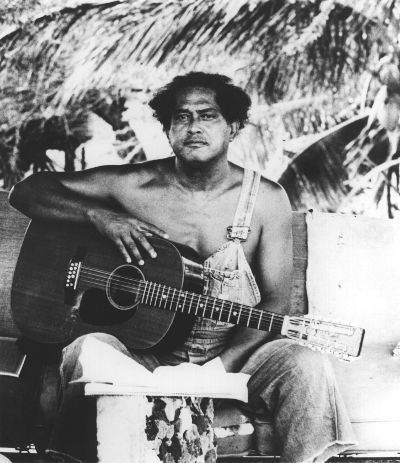
At the 1st Annual Seattle Slack Key Guitar Festival, his son Cyril Pahinui related a story about how Gabby got his name. In his early career, he played steel guitar with an orchestra. The standard costume for the gig was gabardine pants—hence his name.
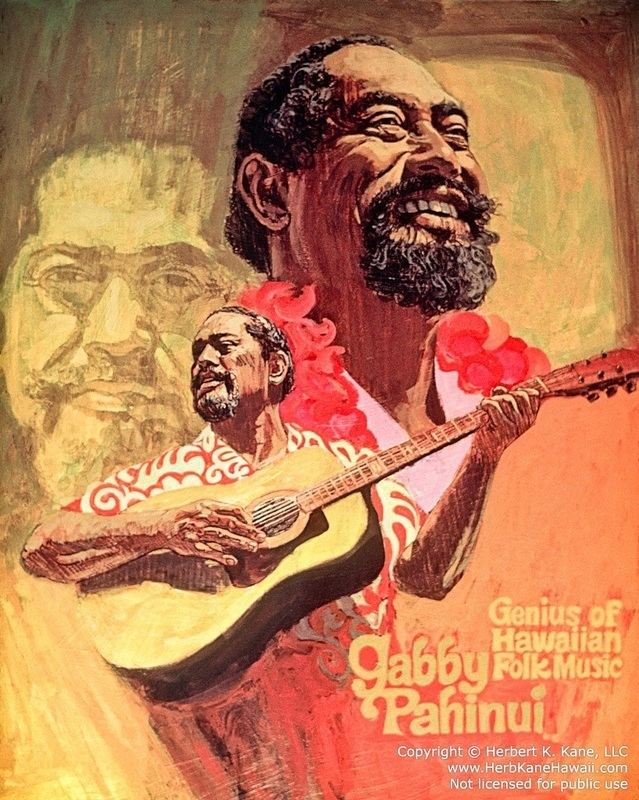
Though a skilled player of the steel guitar (invented in Hawaii before Blues slide guitar), Gabby is most known for his mastery of traditional Hawaiian slack-key guitar (Kī Hō'alu -"key slackened"- downtuned, usually to an open-string chord with low bass notes, then finger-picked) and his beautiful, expressive vocals. Gabby learned slack-key from Herman Keawe whom Gabby acknowledges as being "the greatest slack-key player of all time." Herman, like Gabby, lived in the Kaka'ako area.
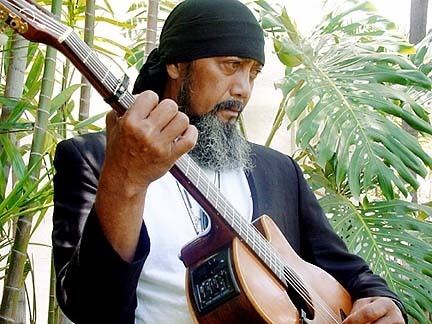
Gabby married Emily at age 17 in 1938. They had ten children, four daughters and six sons.
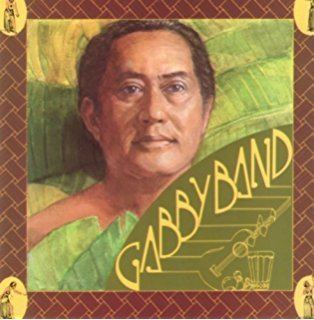
In 1946, Gabby made his first recording, "Hi'ilawe," for the Bell Records label. This may be the first record of a Hawaiian song with slack-key guitar and it inspired many local musicians. The following year came "Hula Medley," the first record of a slack-key guitar instrumental. During this period he made two other influential sides for Bell, the vocal "Wai O Ke Aniani" and the instrumental "Key Koalu" (a misspelling of "Kī Hō'alu"), plus another version of "Hi'ilawe" for Aloha Records.
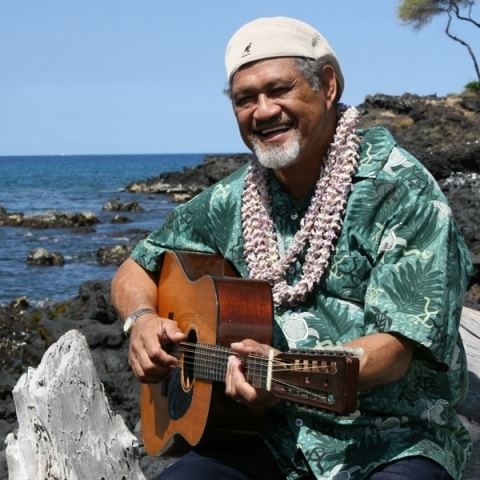
Pahinui's "Hula Medley," recorded in 1947, was inducted into the U.S. National Recording Registry (2011 group of 25) for cultural, historical or aesthetical significance.
Gabby played with many of the great bands and musicians of his time, including Andy Cummings, Lena Machado, and Ray Kinney. He also appeared on Hawaii Calls, a popular international radio show that began in the 1930s. Eventually, Gabby moved Emily and the children to Waimanalo, Oahu, which had become a popular second home location for many musicians. The all-weekend jam sessions at the Pahinui home were legendary.
Examples of his session work from the late 1950s through the 1960s can be found on the two volumes of Hawaiian Slack Key Guitar (Waikiki Records 319 and 320) and two more LPs titled Kani Ka Pila! Let's Play Music! Volumes 1 and 2 (Hula Records 517, 1966; Hula 531, 1969). These are combo recordings (steel guitar, slack key guitar, uke, bass, vocals, sometimes percussion) made with bandmates such as Atta, Barney, and Norman Isaacs, Charles Kaipo Miller, and a young Peter Moon, and they reflect the style of nightclub music popular around Waikīkī at the time.
A 1961 solo session organized by Hawaii-raised Dave Guard of the Kingston Trio features just Gabby, with bass and 'ukulele backing, doing some of his classic material, including new versions of three of his four 1946–47 tracks. No record company was interested in the material, however, and it was not released until 1978. The final package was Pure Gabby (Hula 567), a two-record set, one LP consisting of the music and the second of an interview conducted by Guard.
Despite his success, Gabby still had financial trouble. He made ends meet by working for City and County of Honolulu road crews, doing pick and shovel work alongside fellow Hawaiian musician Eddie Kamae.
Later career
The Hawaiian Renaissance of the '70s launched a cultural reawakening of all things Hawaiian. Gabby played a very important part in the rise of this Hawaiian Cultural Renaissance. First there were the albums recorded through the 1960s with the enormously popular and influential Sons of Hawaii, which he started with 'ukulele virtuoso Eddie Kamae: their self-titled debut album (Hula HS 503, 1961); Music of Old Hawai'i (Hula HS 506, 1964); and Folk Music of Hawai'i (Panini 1001, 1971).
Then, starting in 1972, he made four albums with what came to be called the "Gabby Band." The first album featured Gabby backed by four of his sons plus old friends Leland "Atta" Isaacs and bassist Manuel "Joe Gang" Kupahu, but the group eventually expanded to include Sonny Chillingworth, younger-generation players Peter Moon and Randy Lorenzo, and mainland admirer Ry Cooder. The albums are:
As he enjoyed his new success in the '70s, his lifelong drinking, smoking, and a bad road crew accident left his health failing. He retired from road work but took up teaching in the City and County's cultural programs. He died of a heart attack on October 13, 1980 (age 59), as Hawaiian music, including Kī Hō`alu slack-key guitar, was gaining in popularity.
The Honolulu Star Bulletin Newspaper stated about Pahinui "The thing about Gabby Pahinui," says DeSoto Brown, a Hawaiian cultural-history expert whose brother worked with Pahinui, "was not only that he was an outstanding musician and entertainer, and a central figure – maybe THE central figure – of the Hawaiian Renaissance in the '70s, but that he was an inspiration to others. Thousands of Hawaiian kids learned that they were worthy as a people because of Gabby's example."
Gabby was mentioned in Israel Kamakawiwoʻole's famous performance of "Somewhere Over the Rainbow/What a Wonderful World" on his 1993 Facing Future album. In the opening moments of the song, Kamakawiwo'ole can be heard saying, "'Kay, this one's for Gabby."
Pahinui received the Hawai'i Academy of Recording Artists Lifetime Achievement Award in 1997. He received a second Hawai'i Acedemy of Recording Arts Lifetime Achievement Award in 2009 for his work as a member of the Sons of Hawaii.
Pahinui was inducted into the Hawaiian Music Hall of Fame in 2002.
Gabby's children are active in the Hawaiian music scene, notably Cyril Pahinui, James "Bla" Pahinui and Martin Pahinui, all of whom played on the Gabby Band recordings and have since become professional musicians. (Philip, who played on the first two "Gabby Band" albums, chose not to pursue music professionally.)
